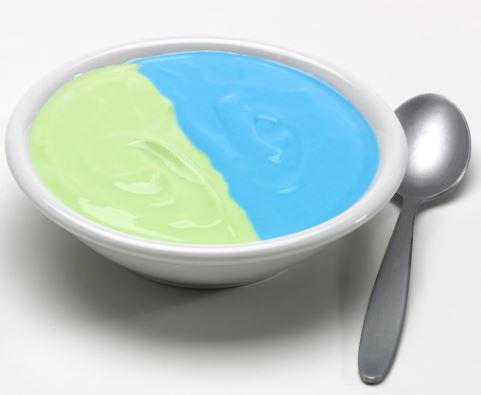The Power of Color in Dairy Product Development
2017-08-10 13:24:06
Dairy foods consumers have flavor and color expectations. Strawberry milk should be a bright red hue while blueberry yogurt needs to be deep blue. Nacho sauce must look cheesy orange while butter spread is golden yellow.
Color migration must also be managed. The color in the fruit on the bottom should not move into the white mass on top. “We know that water-soluble colors have a tendency to migrate between levels of a layered product,” said Brianna Fyock, application scientist, Chr. Hansen Inc. “This is especially an issue with red and purple fruit preps.”
But, colors are promising for yogurt, which Megan Longhi, Beverage and Dairy Technical Service Manager of Sensient Food Colors, believes is a category with a lot of opportunity to get creative with color. “Social media provides us the ability to share anything, especially photos of foods that are visually interesting,” she said. “This includes bold colors, surprising color combinations and even different color effects, such as shimmer. Limited-time colorful offerings in the yogurt category are a great way to delight consumers and provide them an ‘Instagrammable’ opportunity.

“In today’s visually centric world, color is equally, if not more important than flavor,” said Megan Longhi, dairy technical service manager, Sensient Food Colors, St. Louis. “Social media has us seeing color in new and exciting ways, like the recent Starbucks Unicorn Frappuccino.”
“The future of dairy colors is natural,” Ms. Lippert said. “It’s also about safety and traceability. It’s also about allowing for more transparency and trust for the consumer. This includes being able to see a product in clear packaging on a shelf so they can judge the deliciousness of the product.”
The good news is natural colors may be just as stable as synthetic alternatives.
“The main request in the dairy category is color from botanical sources, so one might say the power of nature is trending,” Ms. Longhi said. “With today’s advanced technologies and sourcing capabilities, the performance gap between artificial colors and natural colors is pretty much closed for almost all shades.”






